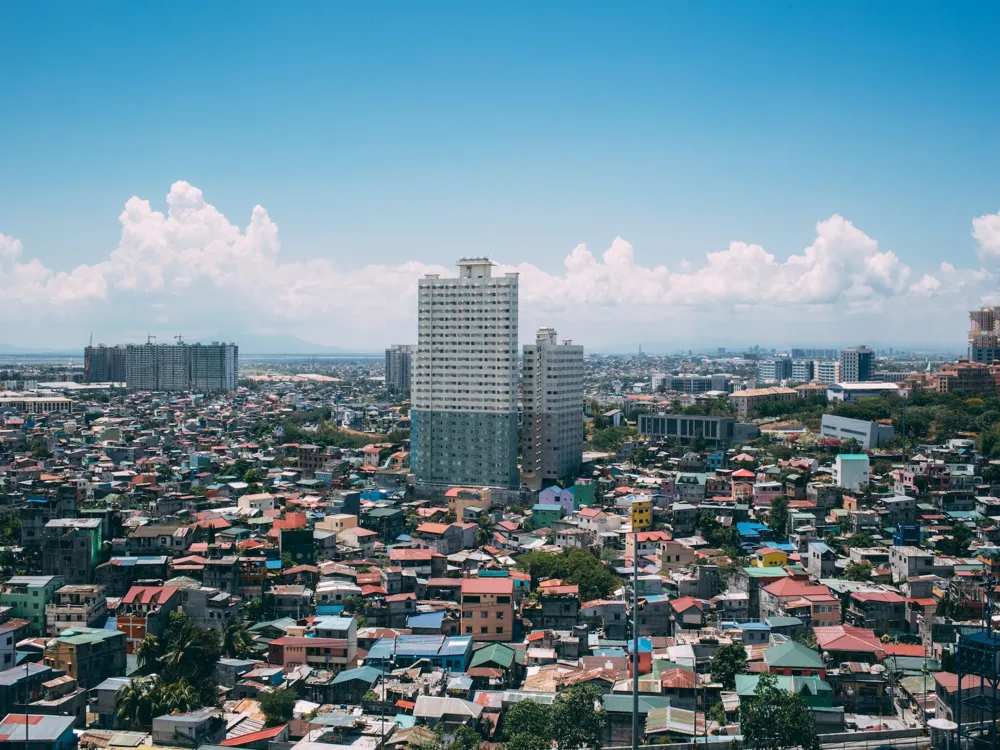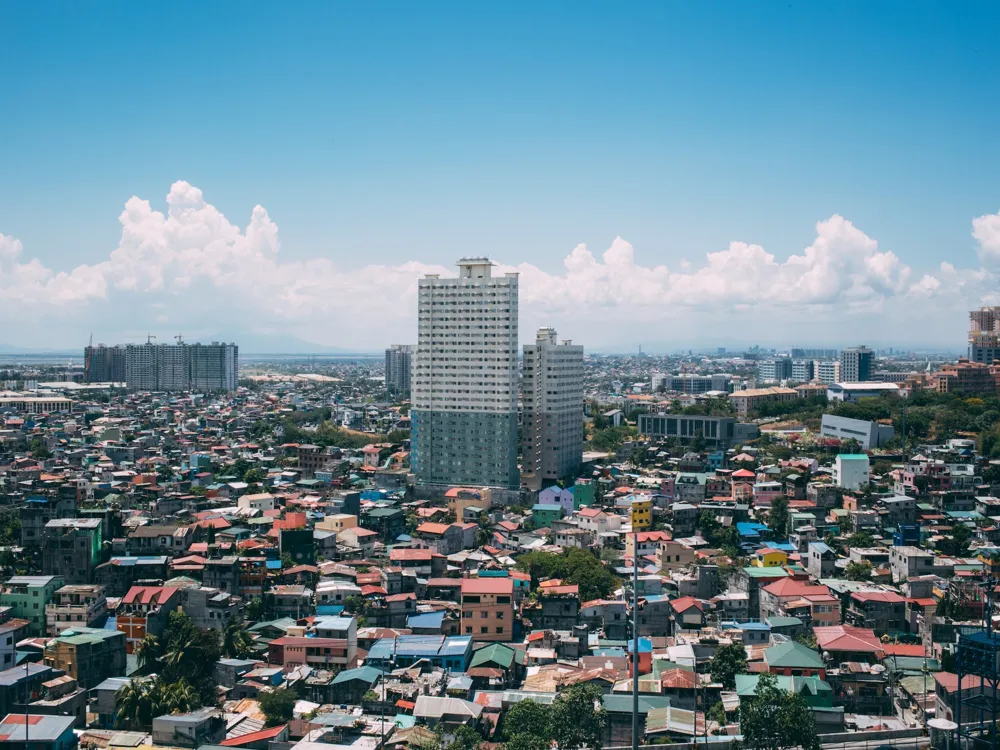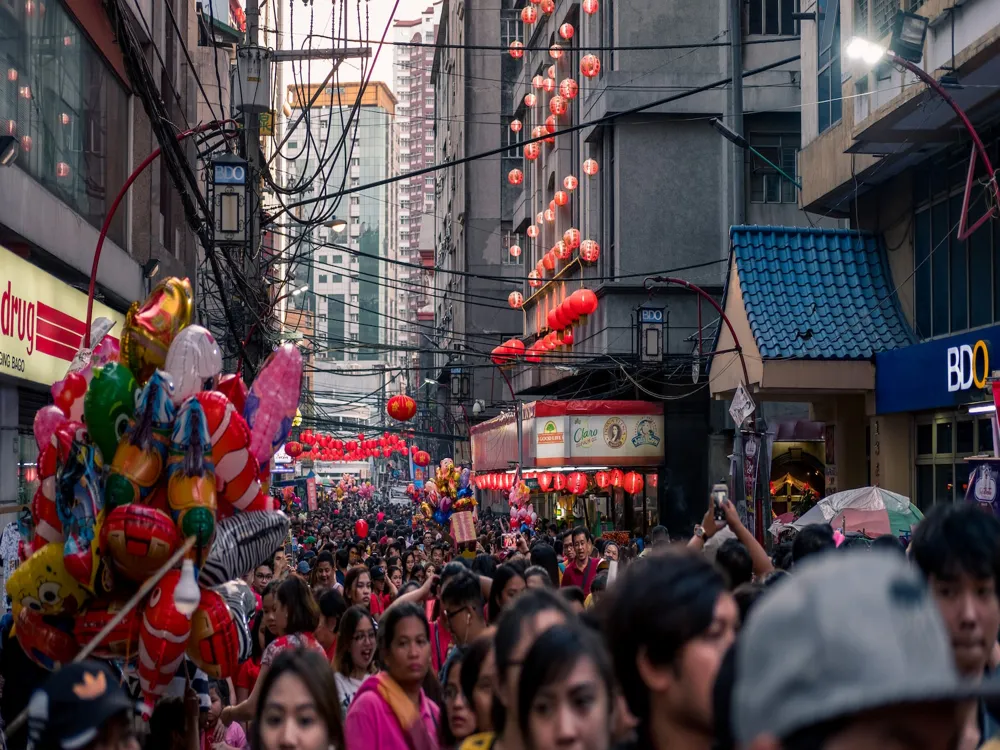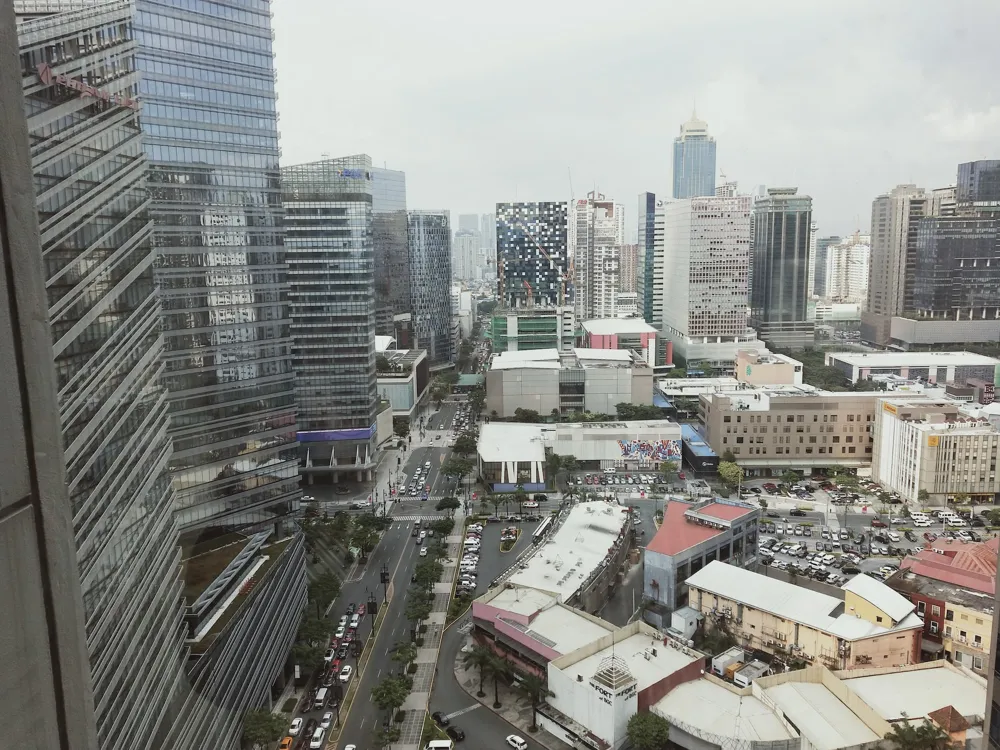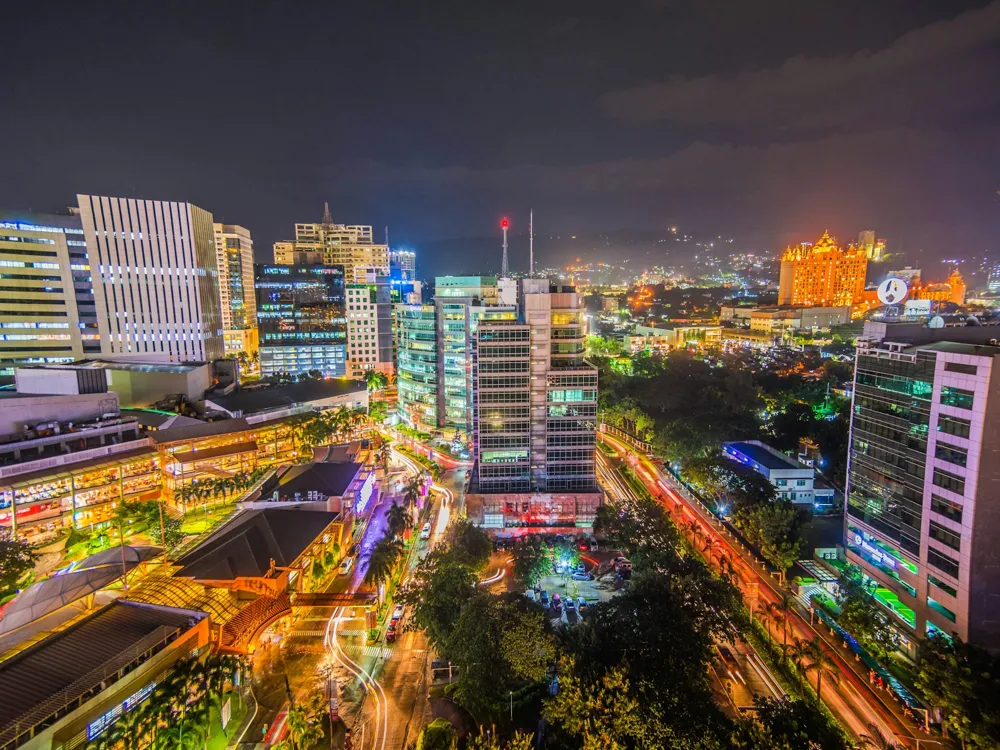Manila Cathedral, a monumental basilica located in the heart of Intramuros, Manila, is not just a mere architectural marvel but a symbol of the Philippines' rich historical and religious heritage. Established in 1571, it has undergone several reconstructions due to natural disasters, with the current structure dating back to 1958. This cathedral, officially known as the Minor Basilica and Metropolitan Cathedral of the Immaculate Conception, stands as a testament to the resilience and faith of the Filipino people. The Cathedral's story is intertwined with the history of Manila itself. Originally, it was a simple parish church made of nipa and bamboo. However, as Manila grew in importance as the capital of the Spanish East Indies, there was a need for a more fitting edifice. Thus, the first cathedral made of stone was constructed in 1581. Over the centuries, the Cathedral faced earthquakes and bombardments, each time rising from the ruins, more majestic than before. Its role in the religious and cultural life of Filipinos has been profound, serving as the venue for significant ecclesiastical events and a sanctuary during turbulent times. In its current form, the Manila Cathedral is an awe-inspiring structure that blends Neo-Romanesque and Neo-Byzantine architectural styles. Its facade, adorned with statues of famous saints, and a central dome flanked by semi-domes, create an imposing yet serene presence. The interior of the cathedral, with its grand altar, stained glass windows depicting biblical scenes, and ornate chapels dedicated to various saints, invites a sense of reverence and awe. Manila Cathedral is not just a place of worship but also a repository of art and history. Its museum houses religious artifacts, vestments, and remnants of its past structures, offering a glimpse into the cathedral's storied past. The Cathedral continues to be a beacon of faith, welcoming thousands of visitors and worshippers every year, who come to marvel at its beauty and soak in its spiritual ambiance. The Manila Cathedral, a pivotal landmark in the Philippines, is a stunning amalgamation of various architectural styles that have evolved over its storied history. The present structure, primarily Neo-Romanesque and Neo-Byzantine, stands as a testament to Filipino resilience and craftsmanship. It's an architectural masterpiece that seamlessly integrates historical influences with contemporary design elements. The Cathedral's facade is a striking feature, with its Romanesque design, ornate decorations, and statues of religious figures. The central dome, a hallmark of Byzantine influence, adds to the grandeur, while the twin bell towers on either side of the facade are reminiscent of Romanesque architecture. These towers house antique bells, each with its unique history and significance. Inside, the Cathedral's vast nave, lined with colossal pillars and arches, leads to the magnificent altar. The altar, a focal point of worship, is an exquisite piece of artistry, combining marble and precious metals. Surrounding the altar are several chapels, each dedicated to different saints, showcasing intricate designs and religious iconography. The stained glass windows, a feature of Gothic architecture, illuminate the interior with vibrant colors and biblical scenes, creating an atmosphere of reverence and tranquility. The integration of modern technology and ancient design is evident in the Cathedral's structural reinforcements and amenities. These upgrades, essential for withstanding natural calamities like earthquakes, blend seamlessly with the historic aesthetic. The blend of old and new is a hallmark of the Cathedral's architecture, symbolizing the continuity of faith across generations. Overall, the Manila Cathedral is not just a place of worship but a living museum of architectural evolution. Its walls tell stories of faith, resilience, and the Filipino spirit, making it an essential visit for anyone interested in architecture, history, or religion. Before visiting Manila Cathedral, it's advisable to check the official website for the latest information on opening hours and any scheduled events or services that might affect visitor access. Dress respectfully, as it is a place of worship, and be prepared for tropical weather conditions prevalent in Manila. Upon entering the cathedral, take time to appreciate the intricate details of the architecture and art. Photography is allowed, but be respectful of worshippers and ceremonies in progress. Guided tours are available and can enrich your experience by providing historical and cultural context to what you see. The cathedral hosts several special events and masses throughout the year. Attending these can be a unique cultural and spiritual experience. Check the cathedral's calendar for events like traditional Filipino weddings or feast day celebrations. Manila Cathedral is accessible via various modes of transportation. If you're staying within Manila, a taxi or a ride-sharing service is the most convenient option. For a more local experience, you can take the Jeepney, the Philippines' iconic public transport. The nearest train stations are Central Terminal and Carriedo LRT stations, from which the Cathedral is a short walk or a pedicab ride away. If you're driving, there are several parking areas nearby, though they can get crowded during special events or mass times. Read moreOverview of Manila Cathedral
Architecture of Manila Cathedral
Tips When Visiting Manila Cathedral
Planning Your Visit
Exploring the Cathedral
Special Events and Masses
How To Reach Manila Cathedral
Manila Tourism
Best Time to Visit Manila
How to Reach Manila
Things To Do Manila
Manila Cathedral
Manila
₹ 38,599 onwards
View manila Packages
Weather :
Tags : Church & Cathedral
Time Required : 1 - 2 hrs
Planning a Trip? Ask Your Question
Manila Travel Packages
View All Packages For Manila
Top Hotel Collections for Manila

Private Pool

Luxury Hotels

5-Star Hotels

Pet Friendly
Top Hotels Near Manila
Other Top Ranking Places In Manila
View All Places To Visit In manila
View manila Packages
Weather :
Tags : Church & Cathedral
Time Required : 1 - 2 hrs
Planning a Trip? Ask Your Question
Manila Travel Packages
View All Packages For Manila
Top Hotel Collections for Manila

Private Pool

Luxury Hotels

5-Star Hotels

Pet Friendly








